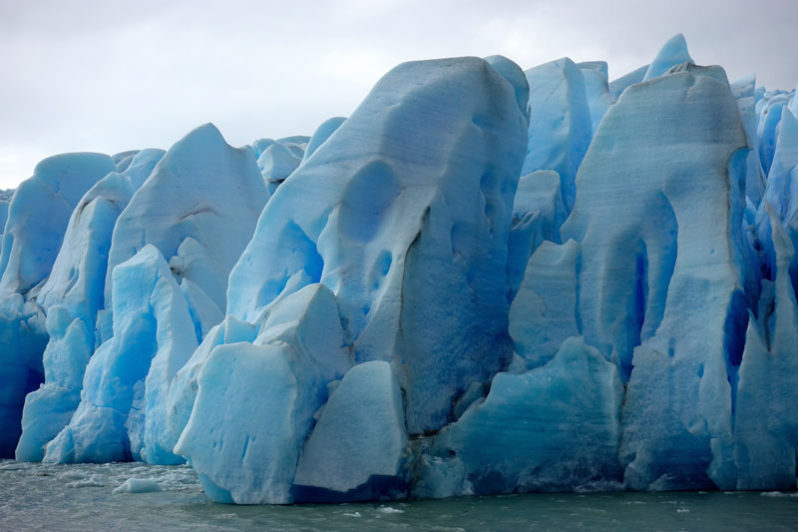The Arctic’s ‘last bastion’ of sea ice is breaking up for the first time on record

The sea ice off the coast of northern Greenland is normally some of the thickest in the entire Arctic, with ridges of ice piled as high as 70 feet in some places. But recent satellite imagery shows that some of the Arctic’s oldest ice has been replaced by miles of open water for the first time on record, surprising scientists and ice monitors.
